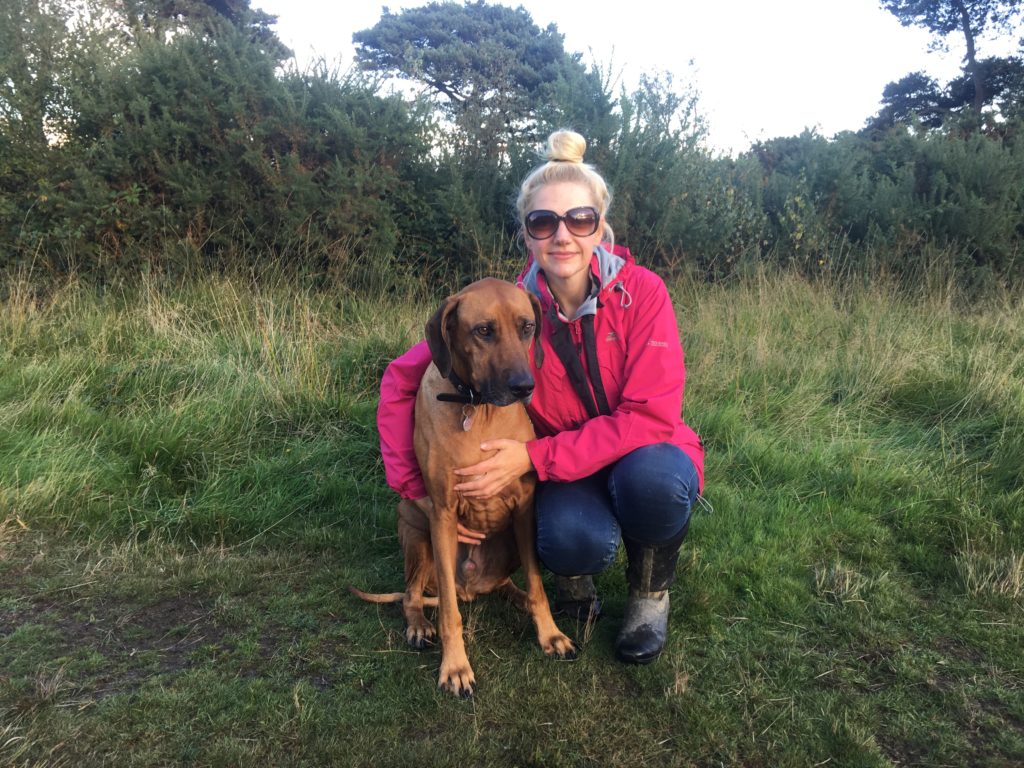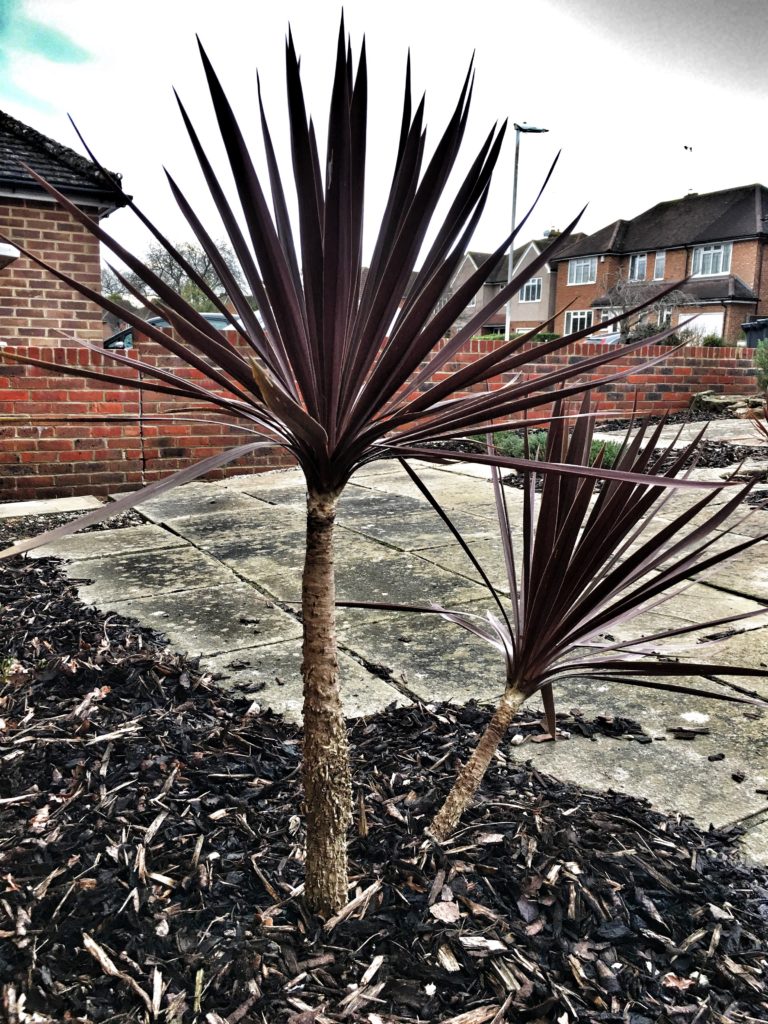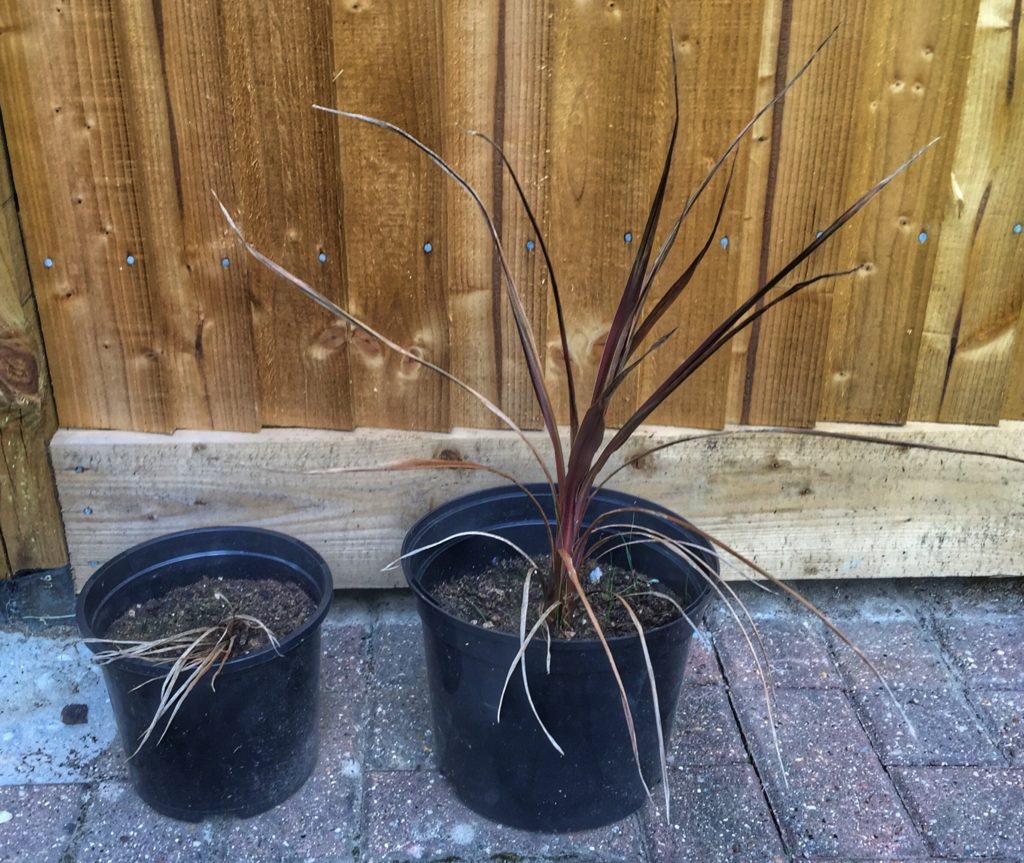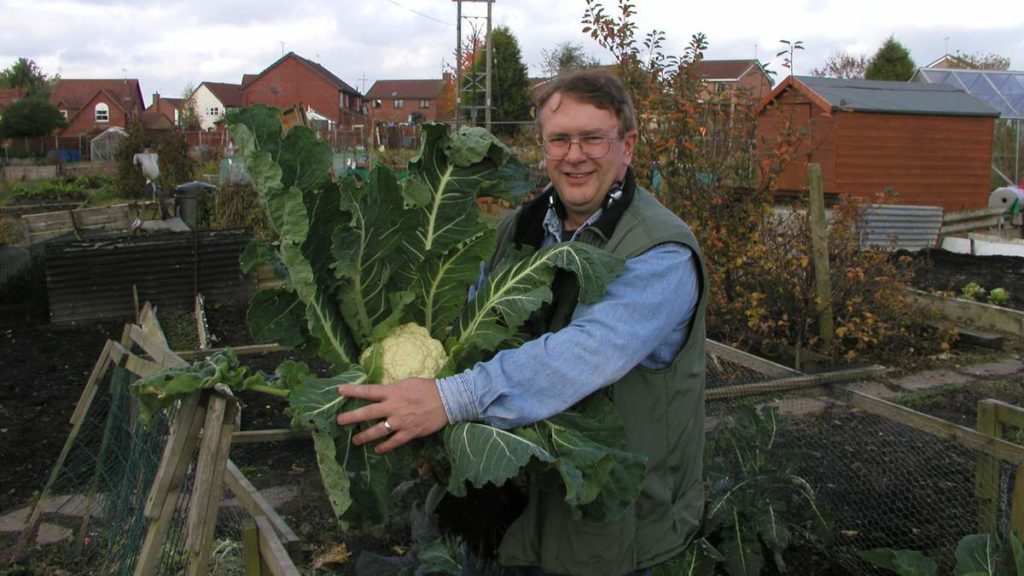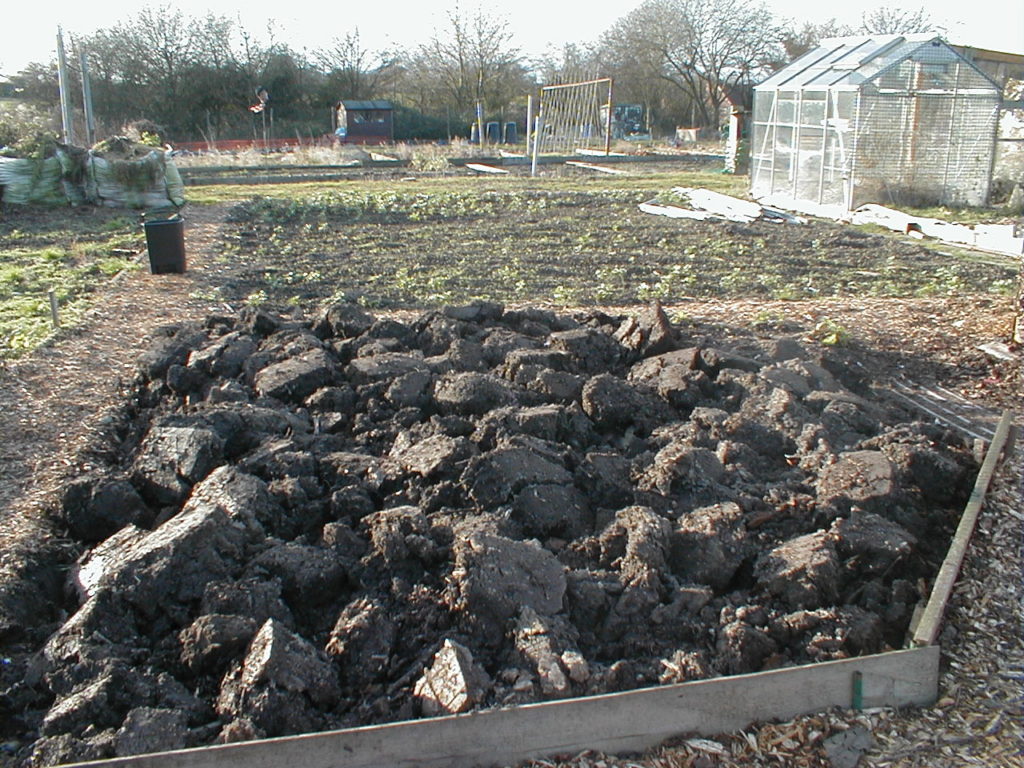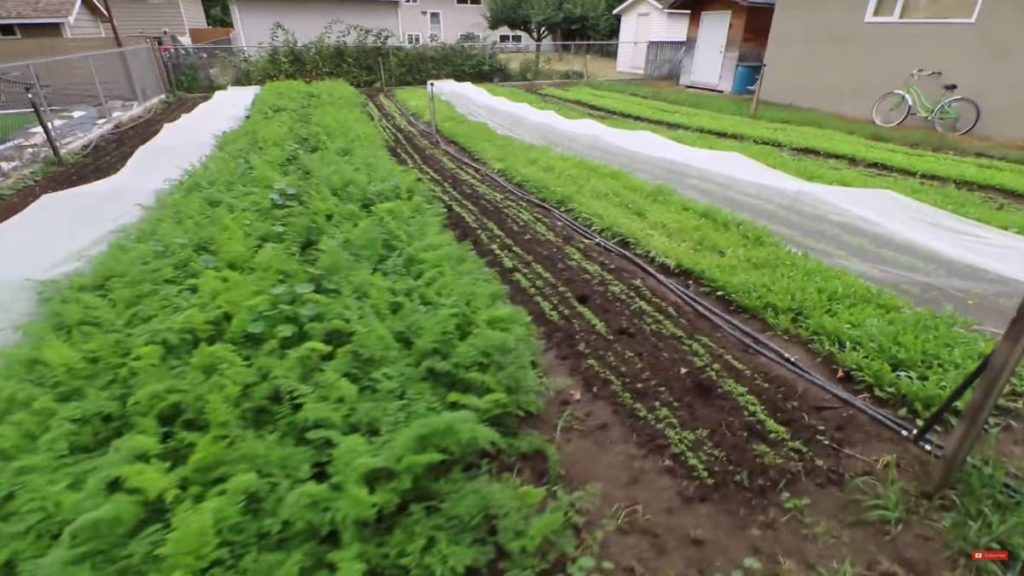
Gardening with Blind Veterans UK
Andrew Fisher Tomlin offers some design advice for the elderly with vision impairment and who want to carry on gardening.
Imagine a group of visually impaired people. Now imagine that within this group some will only visit the garden for just a few weeks in their lives whilst others may be regular visitors. Many are in their 70s and 80s and need assistance to get around a space whilst some are in their 20s and 30s and extremely fit and active. Some love gardening, others just want to be outdoors. There’s also sighted people and children involved. That’s the community that we designed a 4 acre garden for Blind Veterans UK in North Wales to celebrate their centenary in 2014. The garden has to fulfil the needs of both members, some of whom have very recently seen action in the armed forces, staff and a local community. The overused phrase of “sensory garden” doesn’t begin to cover all their needs and wants which are as wide-ranging as gardening, bird watching, cooking and gym training.
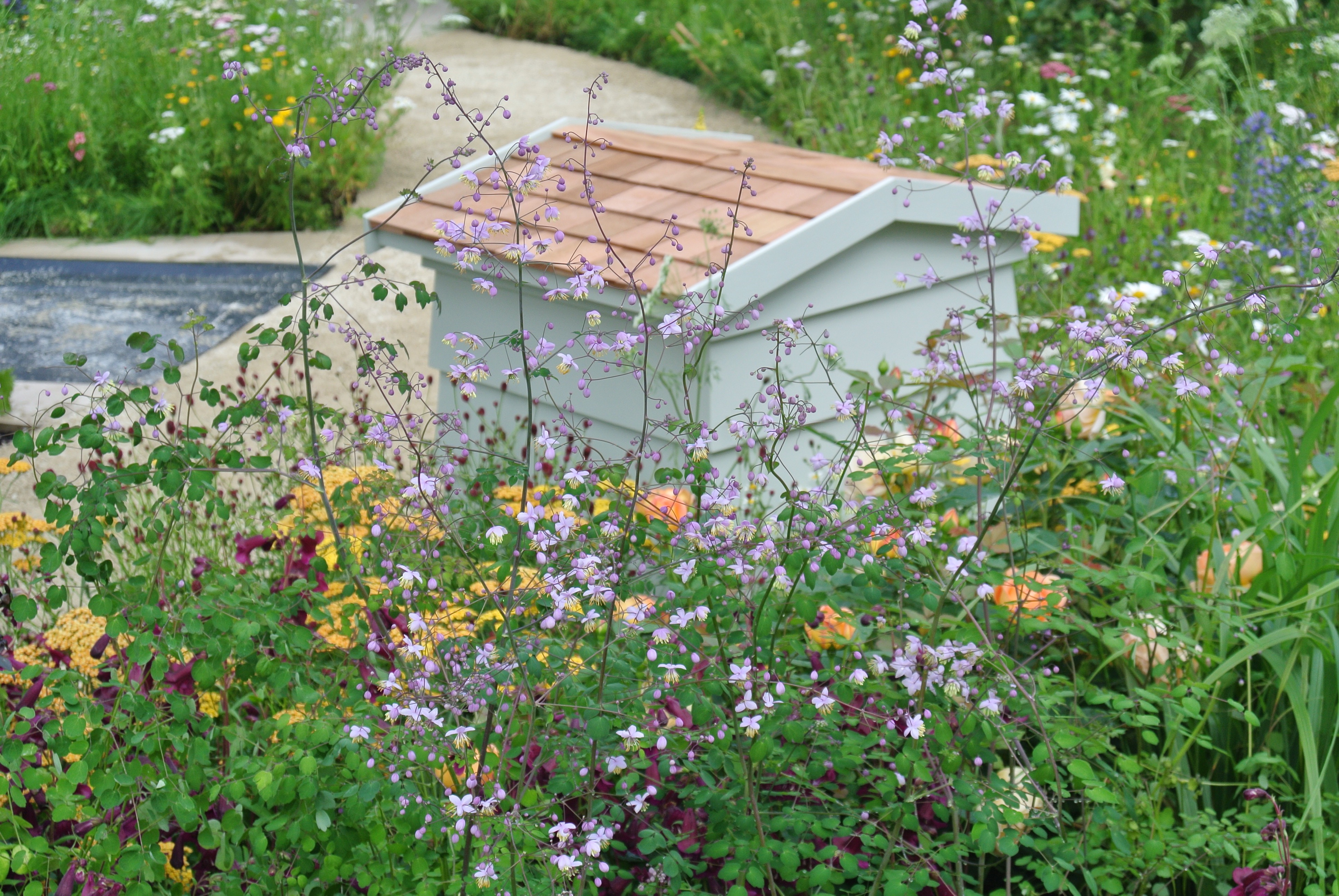
We’ve worked with Blind Veterans UK for almost 5 years now and developed an understanding of the requirements for the members of the charity who, although often in their 80s, remain very active. We’ve now created 3 gardens for their community training centres and as a result members often ask us what they can do in their own gardens. Here are some useful tips.
That first garden in Llandudno is structured along a simple flowing path with seats, glades, workshops and places to exercise along its route. The exploratory element is important, allowing someone to wander, to get a sense of place and not to be faced with dead ends, crossing lines and decisions about direction that might confuse them. This can be difficult in a small backyard but a simple layout approach can often be the best. And the path flows back to the start so that you can do a whole circuit safely on your own.
Our gardens are often deliberately intended to be for passive and active therapy (e.g. through gardening activities such as vegetable growing) and by taking this approach the garden might also be low maintenance. There are always plenty of places to sit and enjoy the garden, watch the wildlife (which we encourage through water, bird and wildlife houses). If you are interested in active therapy there are places like Thrive that can help with information and support. At Llandudno a regular “Gardens Week” not only has lots of gardening activities but allows both members and volunteers to try their hand at something new like taking cuttings or growing vegetables.
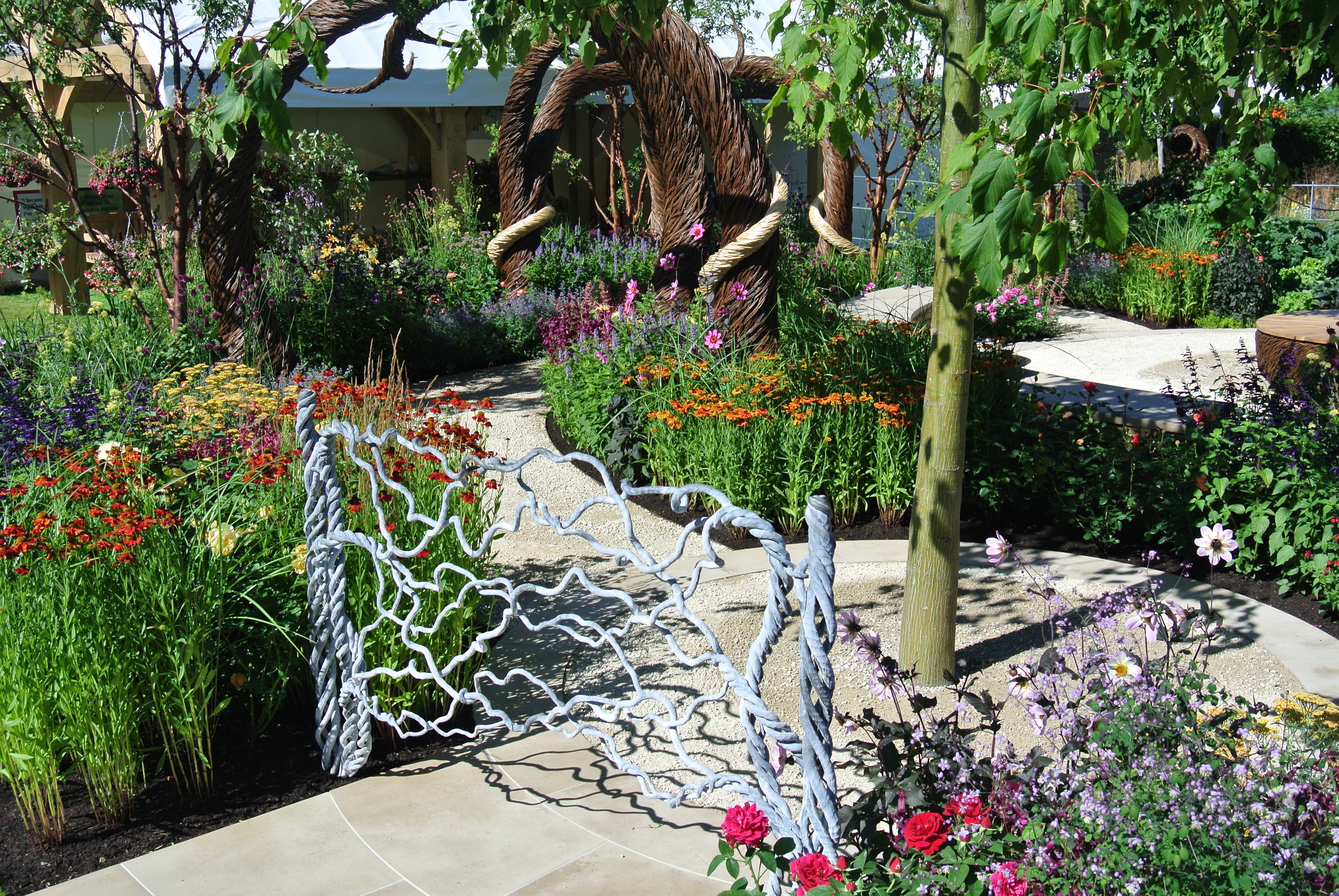
The simplicity of hard materials is important. For example the path surface is deliberately a single material choice so as not to confuse and encourage freedom to explore. The paths are non-slip meeting British Standards for slippage but also well-maintained so that they don’t become dangerous. The texture of other materials are often tactile with water and sculpture playing an important part here. Simple seating is comfortable, practical and, just because our needs have changed it remains stylish.
Plants provide a gentle sensory experience through texture, movement, fragrance and colour to stimulate the senses. Familiar native plants might be important in stimulating feelings of well being, planting comes right up to the path to give the opportunity to touch, smell and feel the planting.
Colour has been vital as many of those with vision impairment can still determine some colour. We also find that contrast is important and so yellows against blues and reds and pinks against greens are often seen. Indeed we also plant daffodils in large drifts alongside paths that help direct the visitor along those paths.
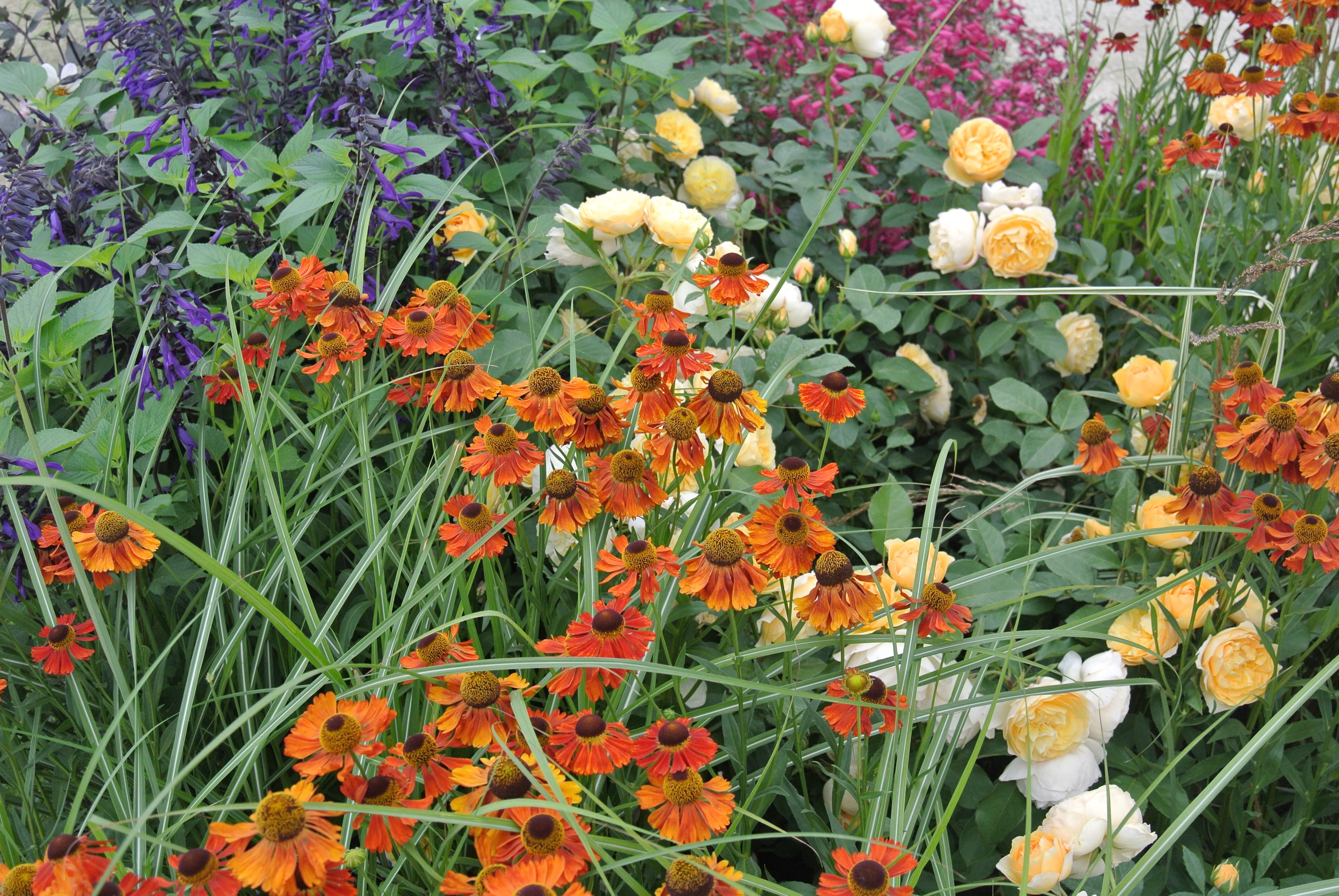
For the members of Blind Veterans UK the garden is a place to escape outside and enjoy the sun, get some Vitamin D and use as a place not just for gardening but also for music, play and eating. The gardens we have created are multi function and so we’ve encouraged people who’ve never gardened to get outside and be active whether it’s to hang out the washing, dig a kitchen garden or just enjoy the flowers. It can’t get better than that can it?!

 Flick Seton (seated front right) chairing the committee meeting
Flick Seton (seated front right) chairing the committee meeting





